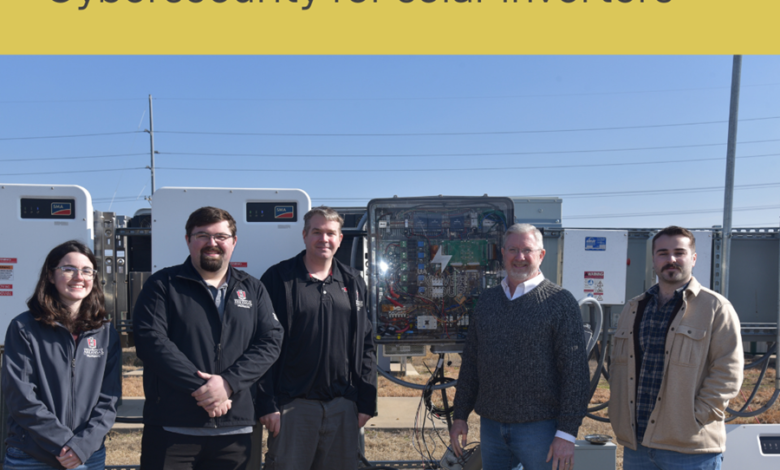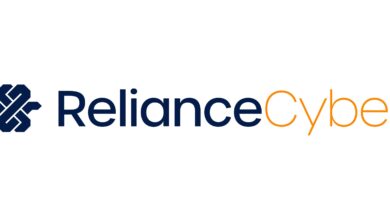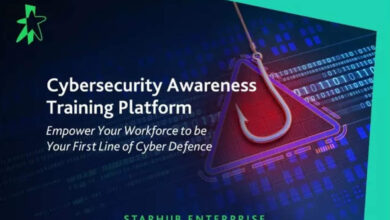University of Arkansas Leads Collaborative Effort to Enhance Cybersecurity in Solar Inverters

From left, Anna Corbitt, Wesley Schwartz, Chris Farnell, Alan Mantooth, and Alec Broomfield at the field test location for the SETO project.
In an initiative led by the University of Arkansas, several universities, laboratories and industry partners joined forces under the U.S. Department of Energy’s Solar Energy Technologies Office project. The project aims to fortify the cybersecurity measures of solar inverters, which are crucial components in solar energy systems.
Solar inverters are pivotal in converting the direct current (DC) generated by solar panels into alternating current (AC) for use in households and the energy grid. However, as the solar energy landscape evolves, so do associated cybersecurity threats.
The project unfolded with a groundbreaking approach. Researchers dismantled conventional commercial solar inverters, stripping away their existing controls and technology. Subsequently, they integrated their partners’ work and implemented custom-designed controls infused with multiple layers of cybersecurity protocols.
Field testing became the crucial test for the efficacy of the revamped solar inverters. The UA Power Group team ventured into solar farms, subjecting the modified inverters to real-world conditions. The objective was clear: to validate and demonstrate the viability of the enhanced cybersecurity measures in practical settings.
As the project advances, it holds the promise of not only fortifying the cybersecurity resilience of solar inverters but also contributing to the broader landscape of renewable energy security. With innovation and collaboration at its core, the initiative is a beacon of progress in ensuring a secure and sustainable energy future.
The collaborative partners for this project were the University of Georgia, Texas A&M Kingsville, University of Illinois Chicago, Argonne National Laboratory, National Renewable Energy Laboratory, General Electric Research, Ozarks Electric, and Today’s Power Inc.



